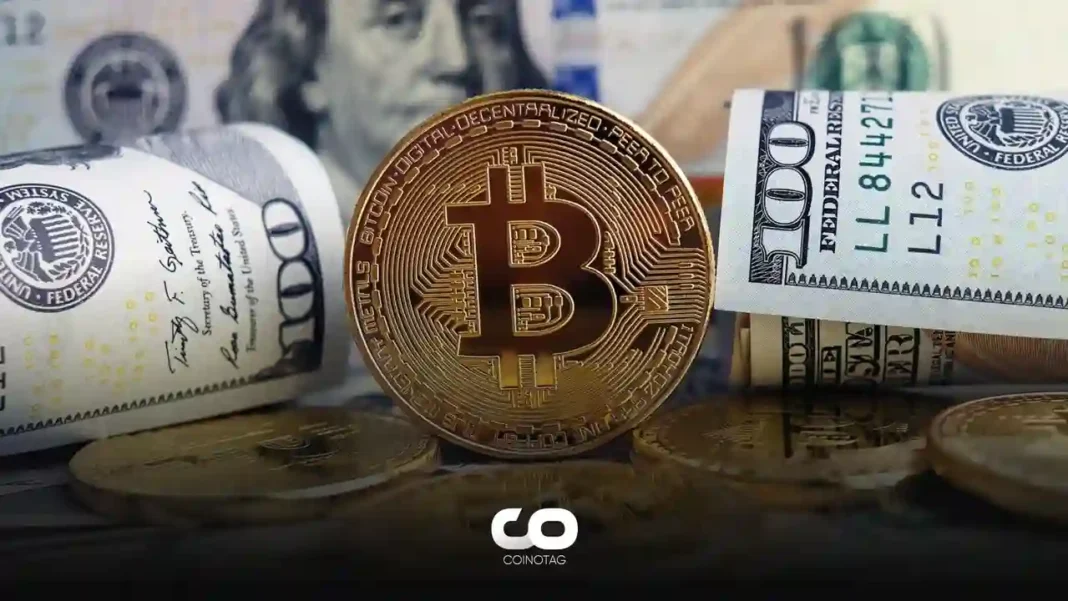- U.S. Government seizes over 200,000 bitcoin from cybercriminals and darknet operations.
- The fate of these assets remains a hot topic among traders due to potential market impacts.
- Delayed liquidation processes can influence crypto prices and the industry’s overall perception.
An in-depth exploration into the U.S. government’s sizable bitcoin holdings and the subsequent implications on the market dynamics and trader perceptions.
The Origin of Uncle Sam’s Bitcoin Trove
The U.S. government, unbeknownst to many, stands as one of the world’s most substantial bitcoin holders. This significant position is not due to speculative investments or strategic acquisitions. Instead, Uncle Sam’s hefty stash, totaling approximately 200,000 bitcoins, stems from seizures from cybercriminals and darknet market operations. Stored securely offline in encrypted hardware wallets, these assets are under the purview of several government agencies, including the Justice Department and the Internal Revenue Service.
The Implications of a Large-scale Sale
The sheer volume of the U.S. government’s bitcoin holdings has always stirred curiosity among crypto traders. There’s a prevailing concern: a large-scale liquidation could disrupt market prices, triggering ripple effects throughout the digital-asset ecosystem. Despite these concerns, the government isn’t actively engaging in crypto trading strategies nor waiting for optimal market conditions. Their actions, or lack thereof, revolve around lengthy legal processes rather than market-timing tactics.
Insights into the U.S.’s Bitcoin Strategy
Although the notion might be that the U.S. is deliberately holding onto its bitcoin assets in anticipation of future valuation surges, the reality is more bureaucratic. “We don’t play the market. We basically are set by the timing in our process,” states Jarod Koopman, director at the IRS’s cyber and forensics services. The slow conversion of bitcoin into fiat currency isn’t strategic holding but a byproduct of legal intricacies and associated timeframes.
Historical Seizures and Market Fluctuations
Understanding the U.S. government’s role as a crypto holder requires a glimpse into past seizures. One notable instance occurred in 2016 when the Bitfinex crypto exchange faced a hack orchestrated by tech entrepreneur Ilya Lichtenstein. The seized bitcoin valued at around $600 each then, soared to a staggering $44,000 by the time of Lichtenstein’s 2022 arrest. Such fluctuations underscore the unpredictability and potential benefits or pitfalls of holding onto seized assets for extended periods.
Liquidation Processes and Market Impact
Upon seizure, cryptocurrencies don’t immediately become government property. Legal processes must culminate in a final forfeiture order. The U.S. Marshals Service then becomes responsible for liquidating the assets. Historically, direct auctions were the method of choice, but as the crypto industry evolved, so did the liquidation strategies. Nowadays, sales get spread out to mitigate adverse market reactions. One illustrative sale took place in March via Coinbase, wherein the government liquidated 9,861 bitcoin.
Conclusion
The U.S. government’s significant bitcoin holdings, resulting from vigilant actions against cybercrime, raise numerous questions regarding market impacts, liquidation strategies, and the broader perception of cryptocurrencies. As the digital currency landscape continues to evolve, the fate of Uncle Sam’s bitcoin trove will undoubtedly remain a closely-watched saga, intertwining legal, financial, and technological narratives in the ever-evolving crypto tapestry.







